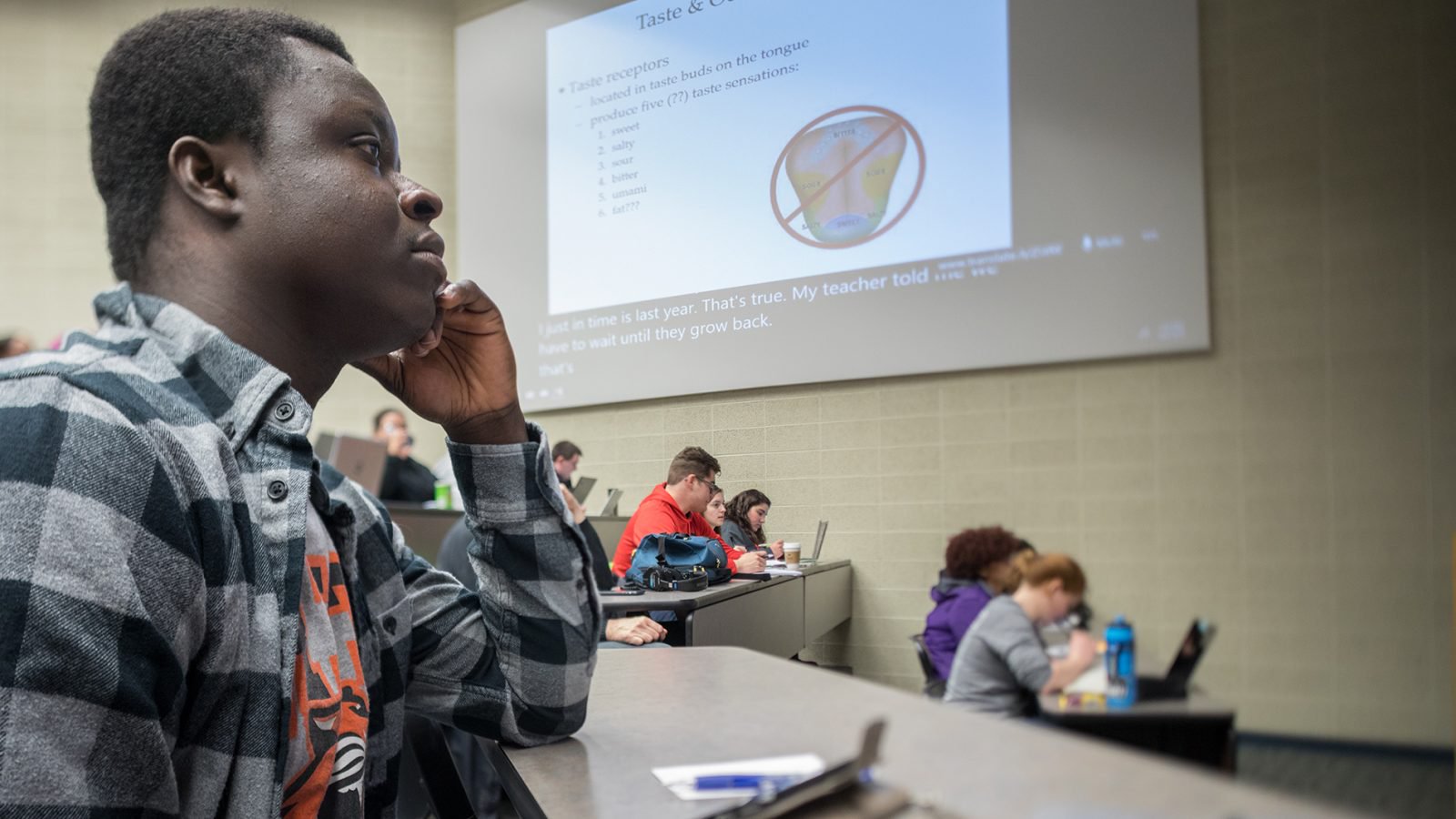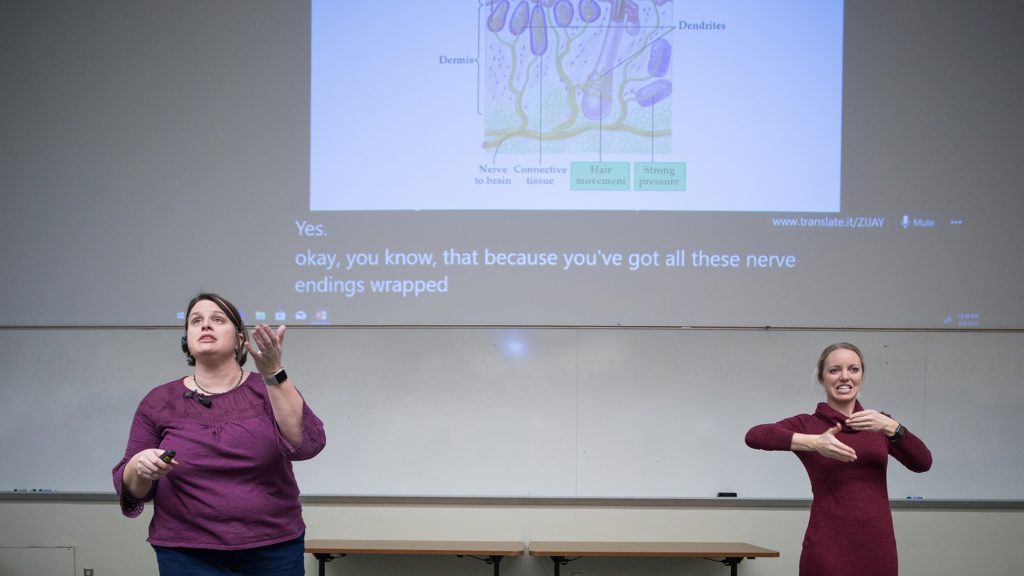Microsoft is known for a lot of things. But probably one of their most underrated tech is the Microsoft Translator. With products like Office 365, Outlook, and Windows, Translator gets overshadowed frequently. Such a shame really because the Translator does more to impact the lives of people more than any of the other.
Microsoft Translator is an app that you can get for your phone. It allows you to have a one on one conversation with each person in speaking a different language. Compared to Google Translate, Microsoft Translator is still behind when it comes to support for number of languages. Where Google supports some 90 languages for text and nearly 26 for speech, Microsoft lags behind at just 50 for text and just 10 for speech.
Microsoft obviously has a lot of catching up to do from what we can see. But this doesn’t hold Microsoft Translator from offering a useful tool to its users.

Joseph Adjei, pictured above, lost his hearing seven years ago. He now relies on the Microsoft Translator app and the automatically generated captions in to understand his lessons. The captions themselves are provided by Microsoft Presentation Translator.
“The captions get some crucial things wrong, like the difference between ‘I’ and ‘eye’,” he says. “But it’s so much better than not having anything,” he adds. There’s no question here that the Translator software plays a big role in this young man’s life. This is but one of the cases where technology changes the lives of people daily.
The captions aren’t the only source of information for the hearing impaired students though. In fact there is a person signing, and an ASL interpreter along with the captions and the translator transcripts. This combination allows the students to look another way for something they might have missed. AI aided translations still have a long way to go, but this is a really good start.

